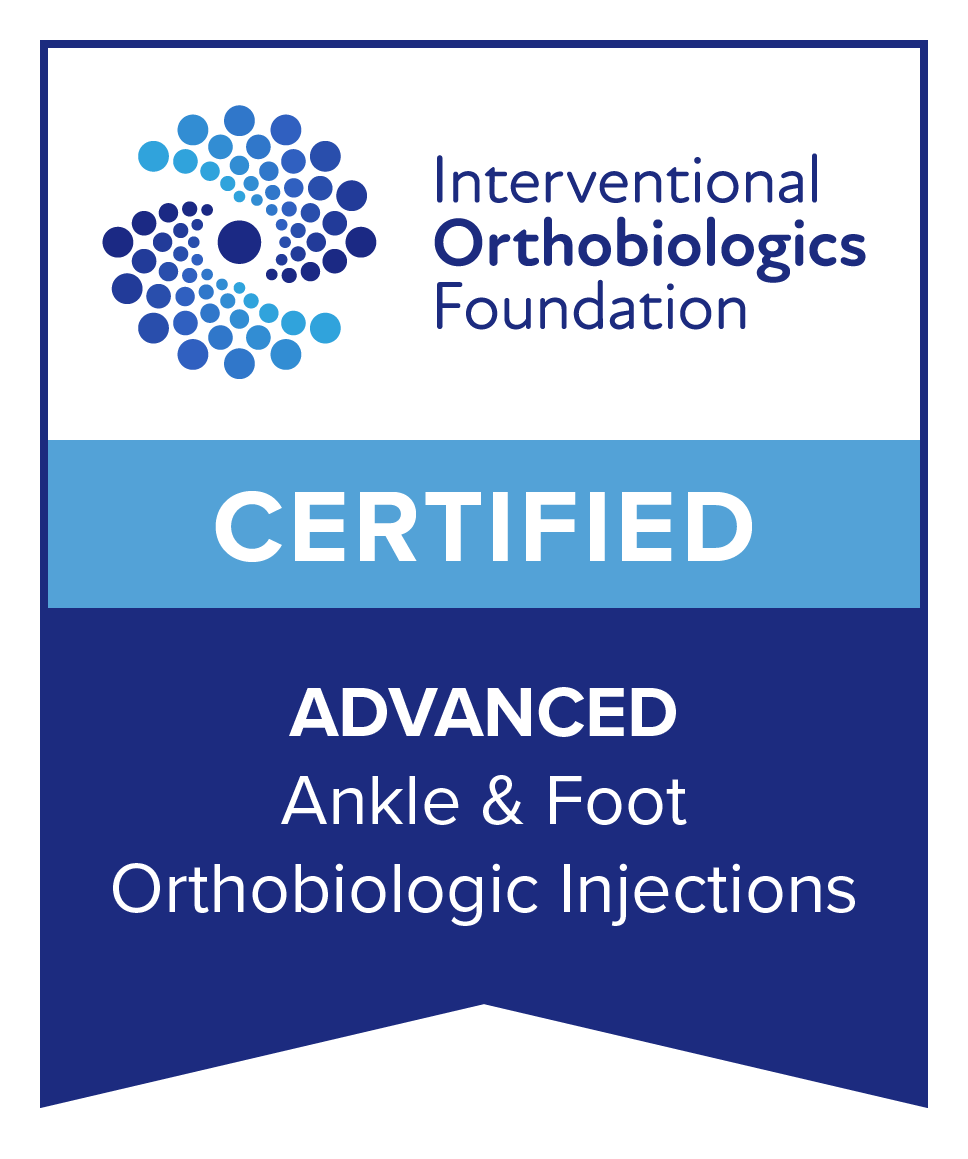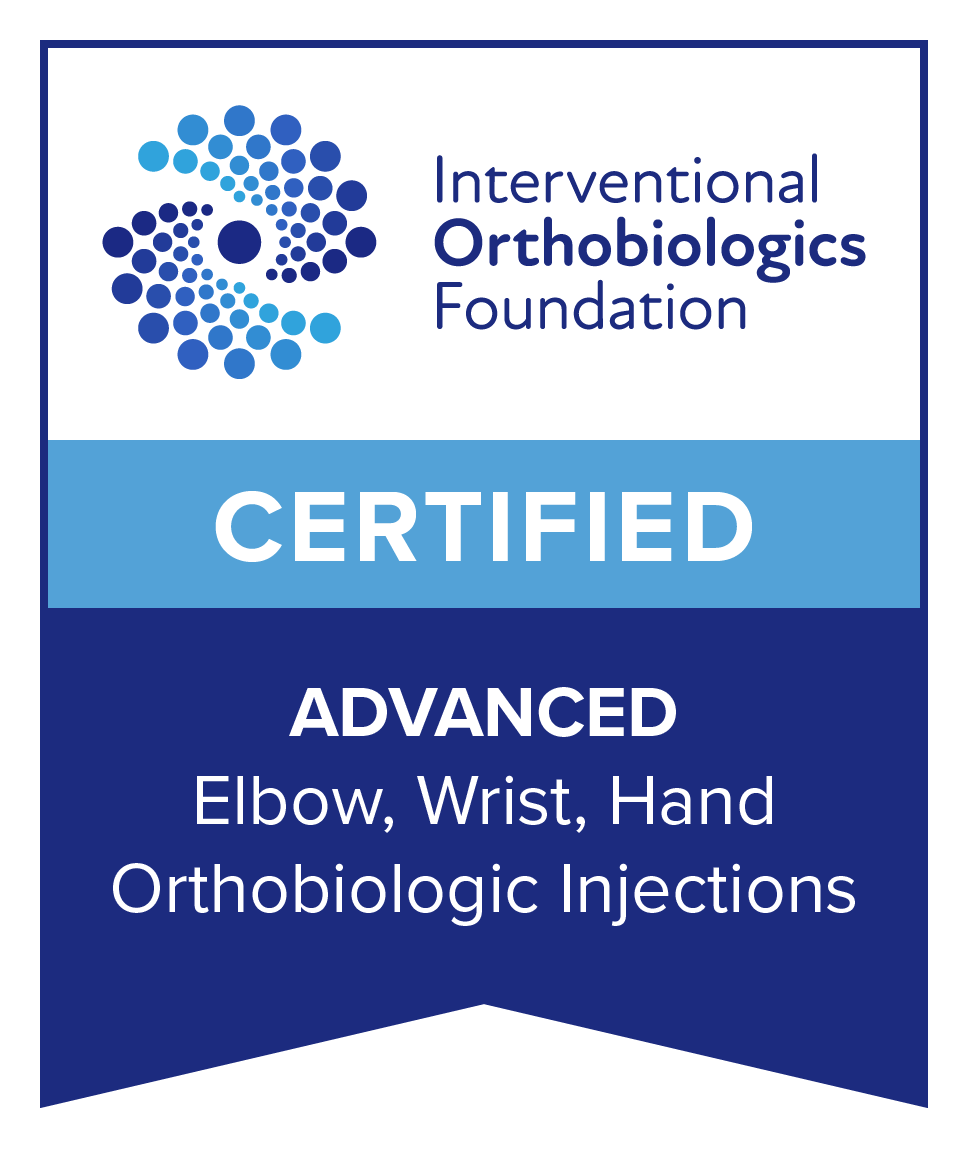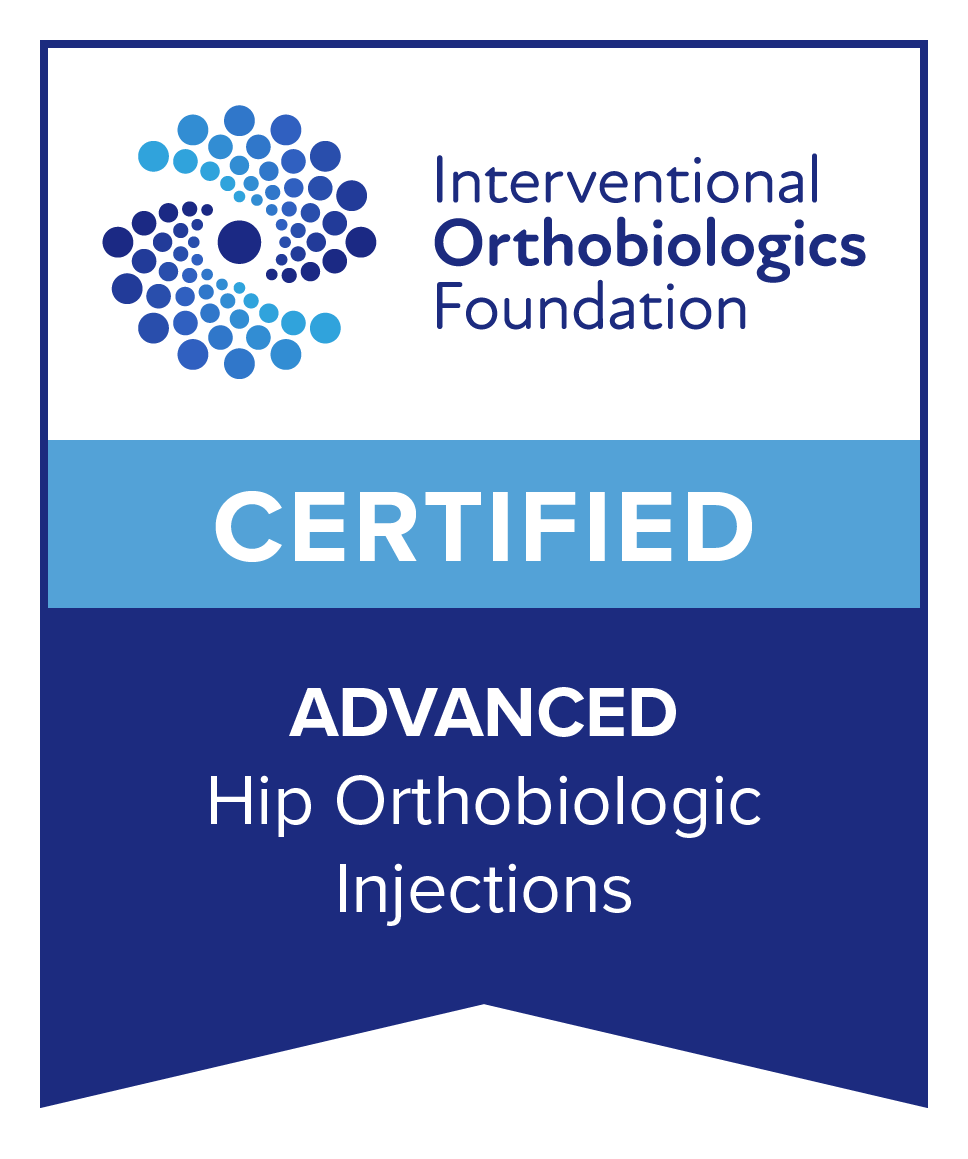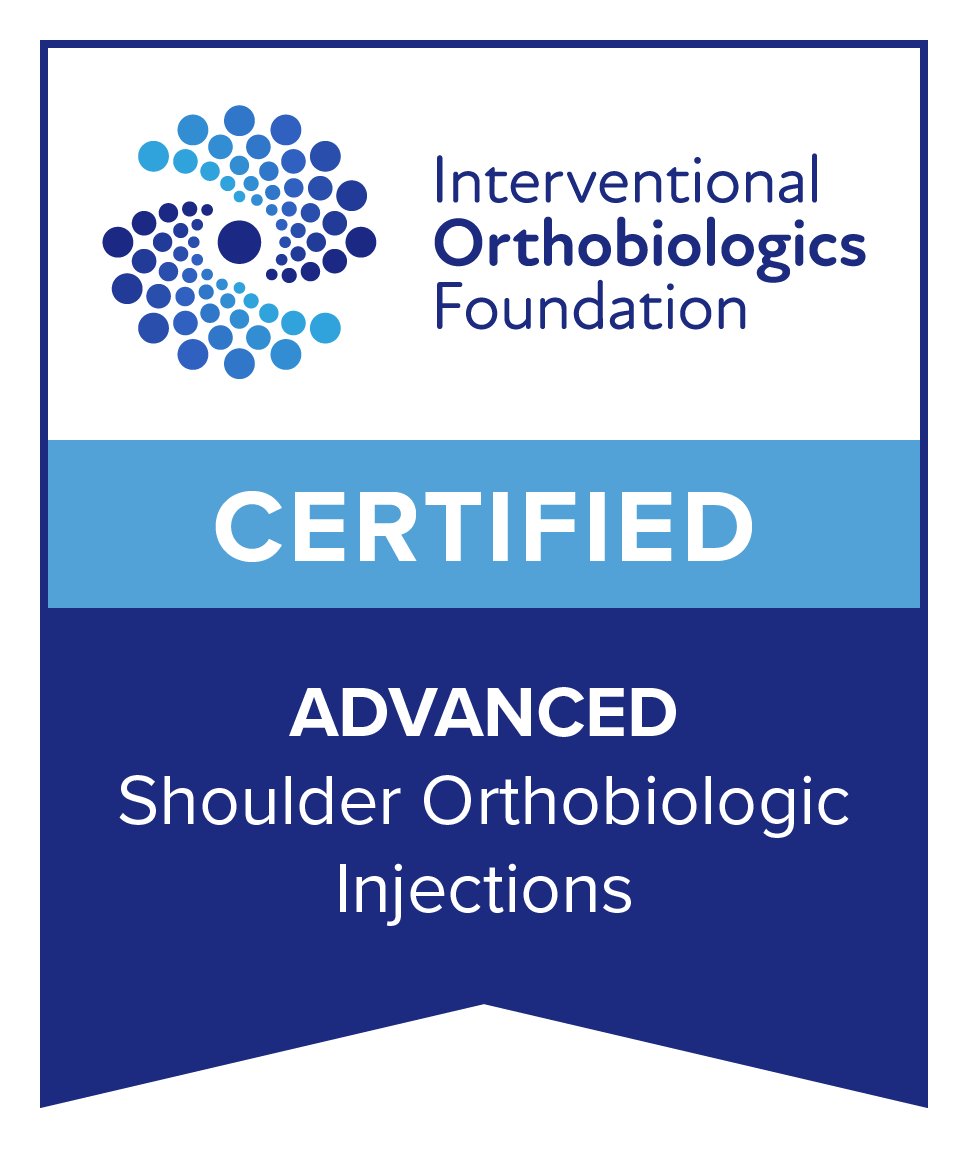Spinal Stenosis: Diagnosis & Treatment in Pearland, TX
Understanding Spinal Stenosis
The journey to regain control over your life from chronic back pain begins with understanding your condition. At the Texas Institute of Pain & Spine, we see the reality of spinal stenosis and its impact on your daily routines, activities, and overall well-being. We are here in Pearland, TX, offering comprehensive care to patients dealing with spinal stenosis, providing an array of effective treatment options tailored to meet each patient’s specific needs.

What Is Spinal Stenosis?
Spinal stenosis refers to a condition characterized by a narrowing of the spaces within your spine. This narrowing can cause significant pressure on the nerves that travel through the spine, often leading to discomfort, pain, and other symptoms. Predominantly, the cause of spinal stenosis is a result of wear-and-tear changes in the spine due to osteoarthritis. The onset of spinal stenosis is generally subtle, beginning gradually and tending to worsen over time. Recognizing and understanding spinal stenosis is the first step toward effective management and treatment.
Recognizing Spinal Stenosis Symptoms
Early detection and treatment of spinal stenosis can significantly improve the quality of life for patients. Understanding the symptoms of spinal stenosis allows for early intervention, which could alleviate discomfort and slow the condition’s progression. The symptoms may include:
- Numbness or Tingling in Hands or Feet – This is often an early sign of spinal stenosis. It might present as a persistent sensation of “pins and needles” in your extremities.
- Back Pain – The pain might be persistent or intermittent, varying in intensity from mild discomfort to severe pain that can hinder daily activities.
- Balance Problems – Balance issues may occur as the condition progresses, possibly leading to frequent falls or instability.
- Bowel or Bladder Dysfunction – This is a rare but serious symptom, signaling severe nerve compression and requiring immediate medical attention.
The Root Causes of Spinal Stenosis
Spinal stenosis often occurs as a result of the natural aging process, but other factors can contribute to its onset:
- Spinal Injuries – Severe accidents or trauma can lead to spinal dislocations or fractures, which can subsequently cause spinal stenosis.
- Spinal Tumors – Abnormal growths within the spinal column can cause inflammation or exert direct pressure on the spinal cord, leading to spinal stenosis.
- Herniated Discs – When a disc’s soft interior pushes out through the tougher exterior, it can press on the spinal cord or nerves, leading to spinal stenosis.
- Bone Overgrowth – Conditions like osteoarthritis can result in bone spurs, which can grow into the spinal canal and cause stenosis.
Diagnosing Spinal Stenosis
The diagnosis of spinal stenosis involves a detailed physical examination and a careful review of your medical history. We utilize advanced imaging tests, such as X-rays, CT scans, or MRIs, to visualize the spine and identify any narrowing. In some cases, a doctor may also conduct nerve conduction studies or electromyography to help confirm the diagnosis.
What Is the Best Treatment for Spinal Stenosis?
The course of treatment for spinal stenosis varies based on the severity and location of the symptoms. The treatment may include:
These are usually the first-line treatments, which may involve physical therapy, medications, and spinal stenosis exercises. These treatments aim to strengthen the back, improve flexibility, and manage symptoms.
In some cases, interventional treatments like epidural injections or nerve blocks might be necessary to reduce inflammation and alleviate pain.
In severe cases where conservative methods and interventional treatments are unsuccessful, spinal stenosis surgery may be recommended to relieve pressure on the spinal cord or nerves.
Preventing Spinal Stenosis
While it’s impossible to stop the natural aging process that often leads to spinal stenosis, certain lifestyle modifications for spinal stenosis self-care can promote a healthier spine:
Maintaining a healthy weight helps reduce excessive strain on your spine.
Practicing good posture helps prevent unnecessary pressure and wear on your spine.
Regular, moderate-intensity exercises help maintain a healthy spine by strengthening the muscles that support it.
Why Trust Your Care to the Texas Institute of Pain & Spine
The Texas Institute of Pain & Spine believes in providing personalized patient care. Our team of dedicated professionals is committed to offering a comprehensive and tailored approach to treating spinal stenosis. We utilize state-of-the-art technologies and treatment methods to help our patients regain their quality of life in a compassionate, patient-centered environment.
Reach Out to Us
Living with spinal stenosis doesn’t have to mean a life of discomfort. If you or a loved one is experiencing symptoms of spinal stenosis, don’t wait any longer. Reach out to our dedicated team in Pearland, TX, and let us guide you toward a better, healthier life. We’re ready to provide you with the support and expertise you need. Contact us today!




